Boron-Treated Steel: Why Does Boron Affect Steel Hardening Response?
Welcome to the first article in our new “Ask the Metallurgist” blog! Jade Sterling Steel is proud to keep an expert metallurgist on staff. His expertise is invaluable for helping customers select the right steel for their application, and we will be regularly sharing his thoughts on select topics here.
Please reach out to us if you have any questions — or topics you would like to see addressed in the future.
The addition of Boron to steel has long been recognized as a solution for boosting steel hardenability. But what is the metallurgical science behind this outcome?
In this article, we explain boron-treated steel, how boron affects steel hardening response, and why boron-treated steels can provide exceptional value in the right applications.
What is boron-treated steel?
Born-treated steel, often simply called “boron steel” contains a small amount of ferrous boron that is added to the molten steel during the production process. This small addition can dramatically increase the hardenability of the alloy.
Even very low concentrations of boron, 0015 to .003 percent (on the order of 3-30 ppm), have been shown to increase hardenability. In many cases, boron-treated steel provides a more cost-effective alternative to the highly alloyed steel needed to achieve the same level of hardenability.
The resulting steel alloy can be an ideal fit for a variety of applications that call for high-quality, high-strength steel, including everything from saw blades, to structural elements in automotives, to crankshafts.
How does boron affect steel hardenability?
The hardenability of steel is affected by:
Carbon content--more carbon means greater hardenability.
Other materials employed in the alloy.
Austenite (a particular phase of iron) grain size.
In short, Boron tends to arrange along grain boundaries in steel materials, where it inhibits the transformation of austenite to ferrite and pearlite. Preserving relatively larger grains of austenite allows for greater hardenability.
An extremely interesting micrograph from a 1980 study shows how micron-sized borocarbide precipitation inhibits ferrite grain growth.
Optical micrograph showing the occultation of ferrite by grain-boundary M23(B,C)6 precipitates (AISI type 5120 steel step-quenched at 650°C).
This micrograph captures the phenomenon in situ for a boron-treated 5120 steel. By suppressing the diffusive ferrite and pearlite transformation during heat treatment quenching, the borocarbides allow the martensite hardening transformations to be initiated more easily.
Another paper from Deva et al. provides a helpful Continuous Cooling Transformation (CCT) diagram, which illustrates how the boron effect shifts the ferrite and pearlite start times, allowing martensite hardening greater opportunity to progress.
Learn More About Steel Metallurgy
Steel heat treatment and hardenability are critical for many of our customers, and understanding the “why” behind different steel processing technologies is both fascinating and critical for selecting the most effective possible material for your application.
Jade Sterling Steel specializes in leveraging our metallurgical expertise, decades of steel market experience, and extensive supplier relationships to enable superior problem-solving for our customers. Please reach out to our team if you have any questions.
References
P. Matrepierre, J. Rofes-Vernis and D. Thivellier, “Structure-Properties Relationships in Boron Steels,” Boron in Steel, Met. Society of AIME, 1980. Deva et al. (International Journal of Met. Engineering, 2013 2(1) 47-51sAbout the Author
Andrew Freborg
Andrew Freborg is the Metallurgy Director with Jade-Sterling. He is a licensed Professional Engineer in the State of Ohio, with 35 years of experience in process and product ferrous metallurgy. He has a BS in Metallurgical Engineering from the Illinois Institute of Technology and an MS in Mechanical Engineering from the University of Akron. His professional experience includes 6 years in automotive/aerospace steelmaking with Republic Engineered Steel (1989-1995), 21 years in steel processing research and development with DANTE Solutions (1996-2017), and 6 years in steel product metallurgy quality management. As a Senior Process Engineer within Republic’s primary steelmaking division, his career focused on the development of steel refining and casting practices to control cleanliness, as-cast bloom quality, and developed steel properties in subsequent processing. At DANTE Solutions, Mr. Freborg worked collaboratively in applying computational process modeling methods to address various processing challenges within the ferrous metals industry, including continuous cast mold design, thermal stress characterization, and ferrous alloy heat treatment. His principal focus was researching of quench hardening processes to improve the bending fatigue strength of helicopter transmission gears US Army AATD, and in support engineering with the Lockheed-Martin / Sikorsky’s FARDS program. Currently, Mr. Freborg oversees product metallurgy for Jade-Sterling.



